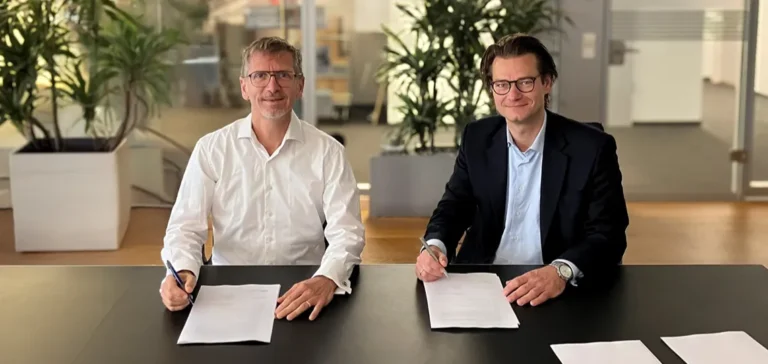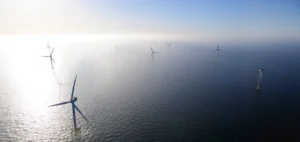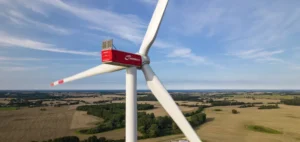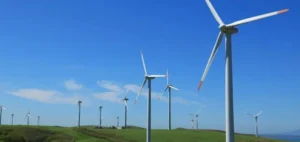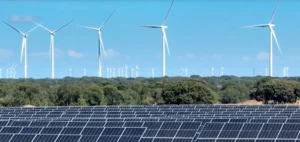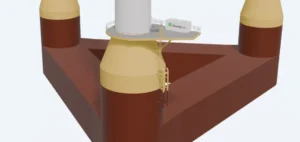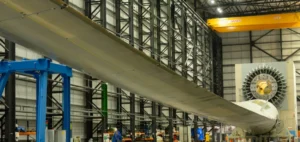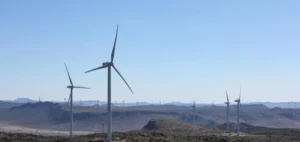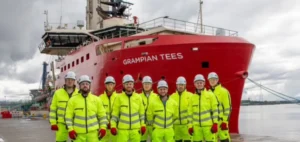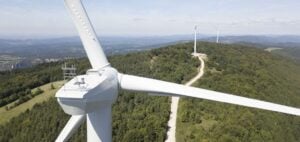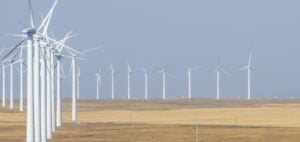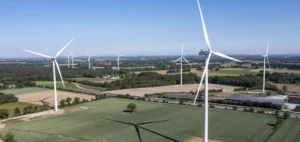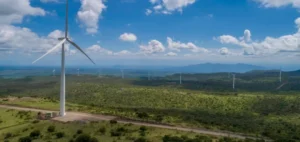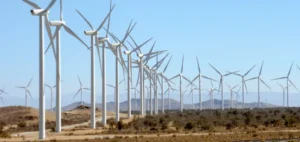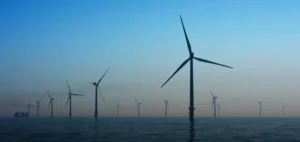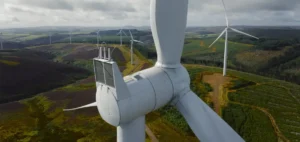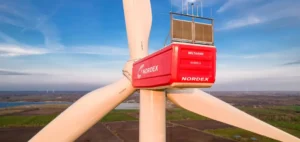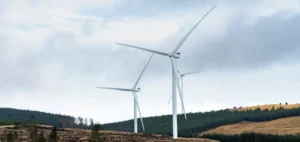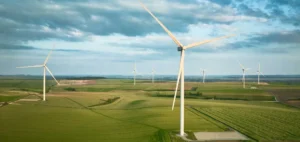The German wind industry is reaching a new stage with the Sonnenberg V project, the result of collaboration between ENERTRAG SE and EBERT Erneuerbare Energien. This partnership, formalised by a cooperation agreement in July 2025, aims to renew and expand one of the largest onshore wind farms in Germany, strengthening the role of the Saxony-Anhalt region in renewable energy production.
Partnership structure and regional involvement
The historic site, operated by ENERTRAG for nearly twenty years, includes 37 wind turbines, the majority of which will be replaced as part of this repowering operation. Since 2020, EBERT Erneuerbare Energien has established itself in the region, notably through the creation of Bürgerwindpark Groß Germersleben Planungsgesellschaft mbH & Co. KG (BEG) in partnership with local landowners. This arrangement, focused on the involvement of farmers and the municipality of Oschersleben, stands out as a model for community participation in the sector.
The project is distinguished by the establishment of a land pool of more than 400 plots, allowing landowners to benefit equally from the economic impacts. The early inclusion of the community in the planning phase ensures that local interests are considered throughout the development of the wind farm.
Technical features and operational progress
Sonnenberg V foresees the installation of 29 next-generation wind turbines, each with a capacity between 6 and 8 megawatts, for a total capacity of up to 235 megawatts. Standardisation of models and tower heights will optimise maintenance and operation. The application for authorisation under the Federal Immission Control Act (Bundes-Immissionsschutzgesetz, BImSchG) has already been submitted.
The project also integrates a sectoral innovation component, with part of the electricity produced destined for an electrolyser under construction in Osterweddingen, near Magdeburg. This installation is part of ENERTRAG’s combined power plant system, dedicated to the production, storage, and use of renewable energies.
Organisation and economic outlook
The project’s structure is based on a clear division of roles: ENERTRAG coordinates urban planning and the approval process, while EBERT manages local planning and structures regional participation. Project rights will be distributed as follows: 73% to ENERTRAG and 27% to BEG, with one turbine reserved for a municipal or citizen entity.
Construction is scheduled to start in the second half of 2027, depending on administrative permits. The new turbines will be installed progressively, in parallel with the dismantling of the older machines, some of which remain eligible for the support scheme (EEG) until the end of 2031.
The Sonnenberg V project illustrates a shift in the governance model of German wind farms, where direct involvement of regional stakeholders is becoming a central lever of development. Tom Lange, Senior Vice President Wind & PV Germany at ENERTRAG, stated: “The project shows how regional participation, economic prospects and technical implementation can move forward together at the highest level.”


